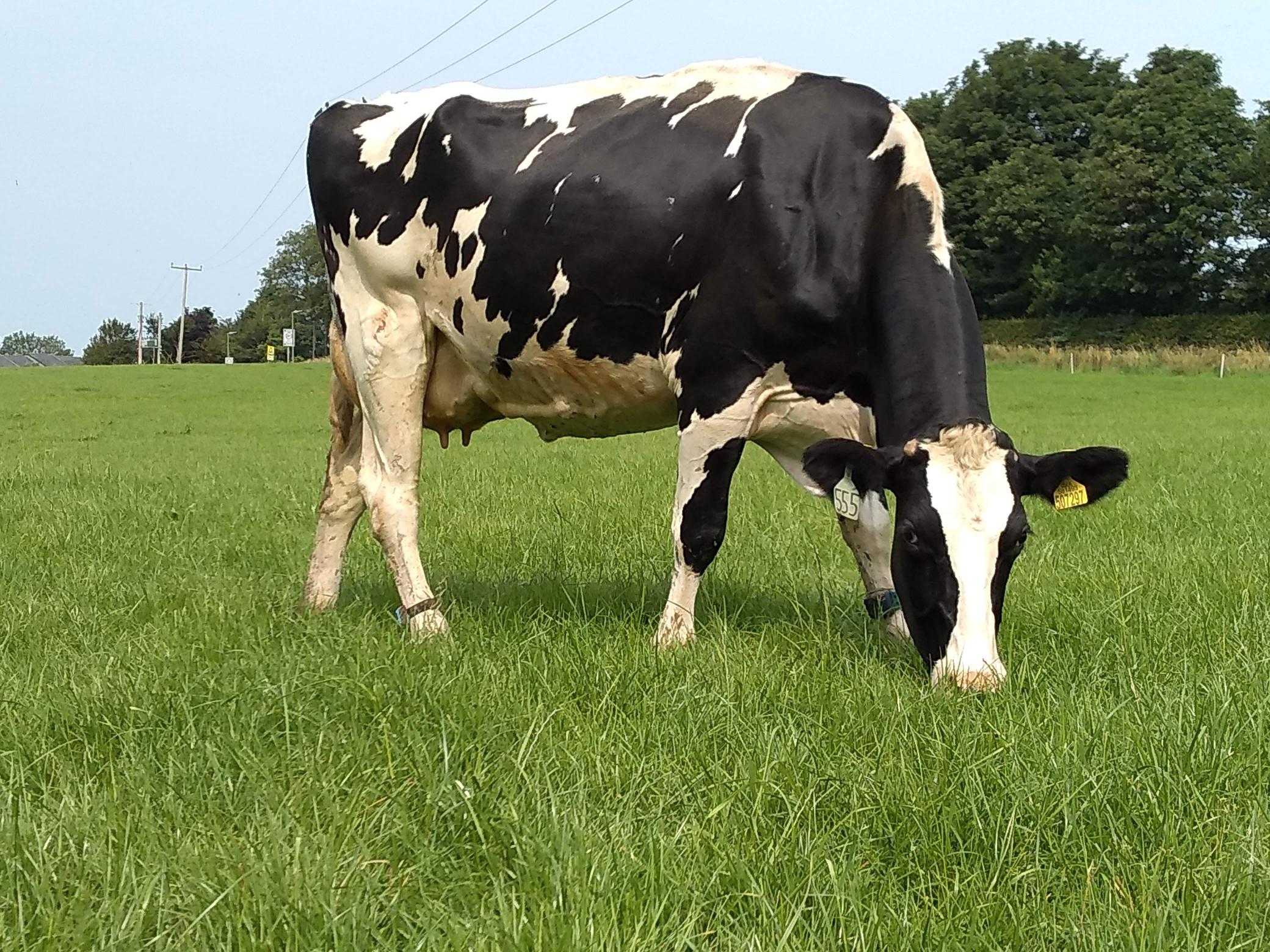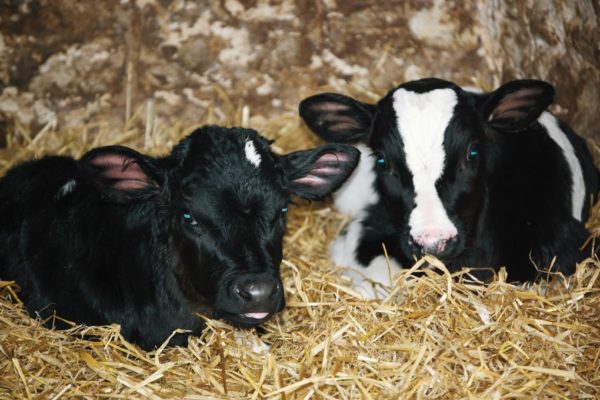MMN September 2024 – Is Your Feed Space Sufficient?
9 September 2024As we head into autumn, winter feeding of dairy cows is just around the corner and following a poor summer and reports of some delayed silage cuts, maximising feed intake and feed efficiency is going to be key for performance. Part of ensuring good feed efficiency is the feed space that is available for the cattle.
Feed space requirements for dairy cows is reported to be anywhere from 0.6 to 1.0m per cow, and all cows in the group should be able to feed at the same time. Preferably, for dry cows and fresh cows/high yielders, the feed space per cow should be at the upper end of the range. Barrier design is vital for effective feeding; the cows require the ability to have good reach across the feed. The placement of the neck rail, and height of the feeding surface can impact the cow’s posture if these are incorrect, which in turn affects the cow’s reach.
Insufficient feed space can impact cow health, cause lameness issues and bullying issues within the herd. Cows may alter their feeding behaviour to avoid bullying at the feed fence. First time calvers who are low down in the social hierarchy tend to stay away until the majority of the cows have had a feed. Typically, heifers tend to have fewer meals throughout the day and consume larger quantities of feed at each meal compared to the cows higher up in the social hierarchy. If feed space is insufficient for the number of cattle, the heifers and thin cows are the ones that will be poorer performers in the herd with lower body condition scores. Adequate feed space which allows all heifers and cows to access the feed fence at the same time is vital for performance and reducing bullying issues in the herd. Depending on the farm infrastructure, heifers would benefit from being in a separate group which reduces bullying issues from older, more dominant cows.
Cows that can approach the feed fence freely throughout the day will eat little and often. This allows for a more stable rumen fermentation with less fluctuations in rumen pH, which in turn improves feed conversion efficiency and milk production.
There are a variety of ways that the feed barrier can be designed depending on what suits your shed, with each design having pros and cons. Many feed barriers will have diagonal bars which can help reduce the quantity of silage being pulled through onto the floor. Diagonal bars need to be designed to avoid tag loss, which can happen if sharp angles are used at the top and bottom of the bar. A key disadvantage of the diagonal bar is the reach of the cow is limited and may not necessarily allow her to produce to her full potential. Therefore, regular pushing up of feed throughout the day will be even more important to ensure feed is always available.
Like the diagonal bars, head-locking yokes are commonly used as a feed barrier with the main advantage being able to restrain the cows for individual treatments. This is particularly useful in robotic systems where you don’t have the option to shed cows off from the parlour. Cows may feel threatened at feeding times with self-locking yokes, particularly heifers who have joined the milking herd.
A straight rail barrier generally works well for dairy cows as it allows them to reach fully and gives them plenty of space to exhibit their natural feeding behaviours. A disadvantage of the straight rail barrier is cows can end up standing sideways alongside the rail, which reduces the space available to other cows and particularly heifers who are unlikely to approach the feed fence if this is the case.
A single rail feed barrier design

Source: Teagasc
Feed troughs are another option which can be used and reduces the need for cows to reach far to get feed that has not been pushed up recently. The main disadvantage of feed troughs is the requirement to manually remove the waste feed and at times can be difficult to keep clean. Biofilms can develop which contaminate the feed, and similarly fresh feed being placed on top of old feed can go off quicker and reduce intakes and cow performance.
Prior to cows coming inside for winter, now is a good opportunity to assess your feed space and determine whether you need to carry out any maintenance or adjustments to the feed barrier. Also, it is important to ensure the feed troughs are as clean as they can be prior to starting feeding. Providing the correct feed space can improve cow health, feed conversion and performance.
Dr Cara Campbell, cara.campbell@sac.co.uk; 01586 552502
Sign up to the FAS newsletter
Receive updates on news, events and publications from Scotland’s Farm Advisory Service















